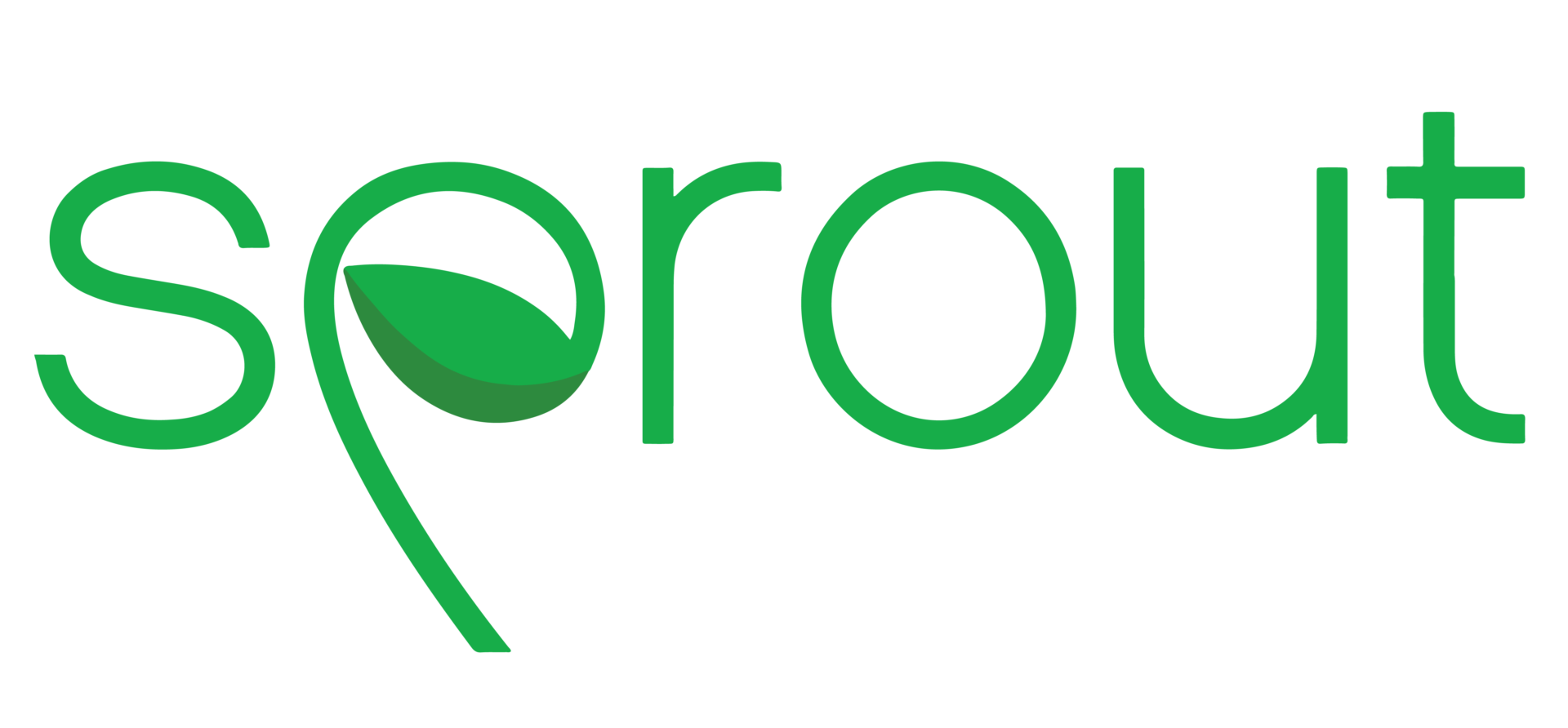Philippines' Leading HR Management and Payroll Software System | Sprout
Home / Sprout HR DMM / Mobile HR DMM Quiz

CONTACT US
Want to get exclusive updates from Sprout?
CONNECT WITH US
Sprout HR Mobile
Philippines' Leading HR Management and Payroll Software System | Sprout

Time's up

Want to get exclusive updates from Sprout?
Just sign-up below!
By filling out this form, you agree to share this information with Sprout Solutions in conjunction with our Terms of Service and Privacy Policy.